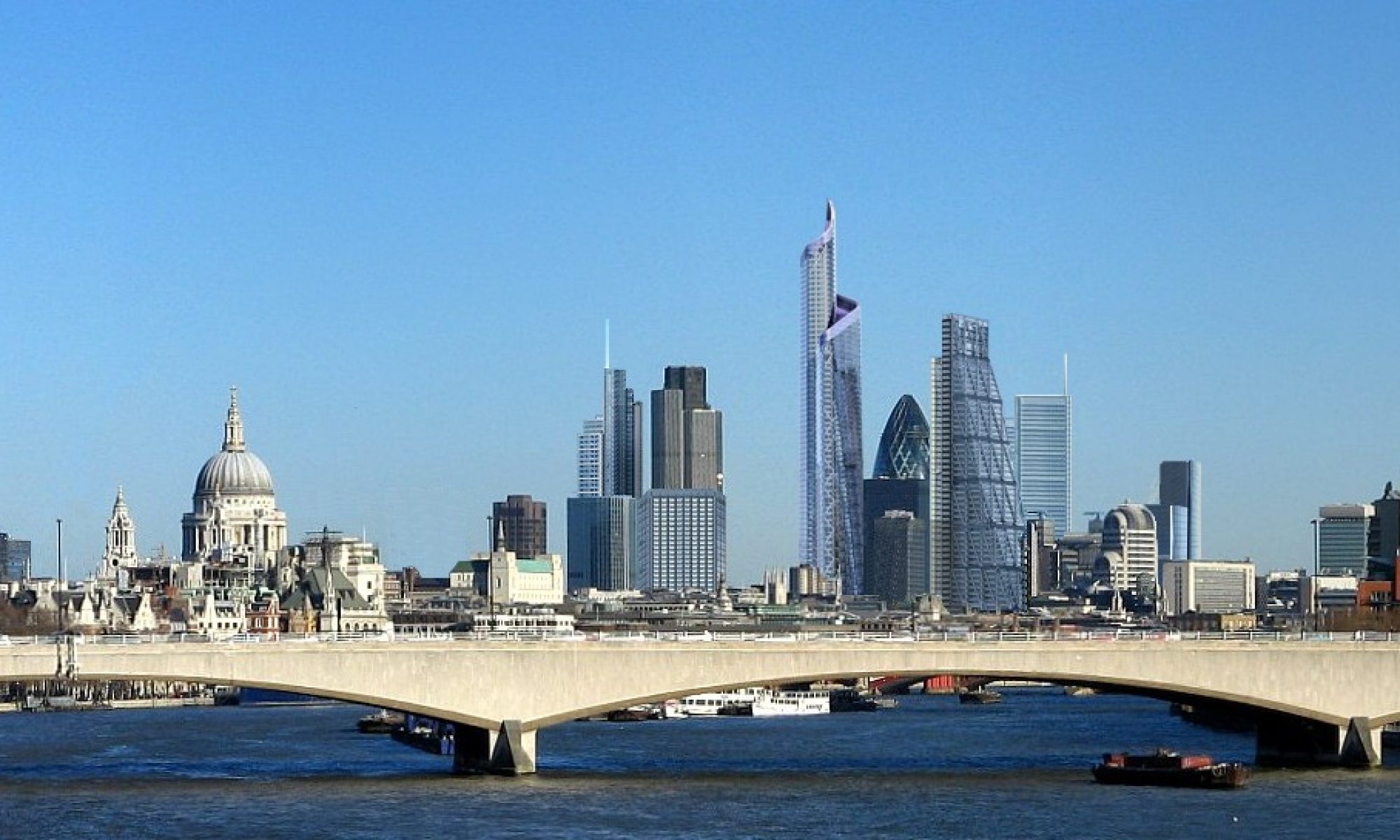The Story
A while ago a we were called to carry out some computer maintenance and installations for a client we have done sporadic work for in the past. Invariably the time came to discuss integrating the computers onto their network. We knew vaguely about their network already, as we had quoted for some work some time ago.
Avoiding technical details, the story goes that a fairly well known, medium sized firm had carried out a major network installation for them, complete with rack cabinet, industrial network switch, etc. So far so good. Subsequently, they proceeded to connect this switch directly to the main Internet gateway of the organisation, as might be expected,
The problem arises as the rest of the organisations administrative computers are also connected directly to the Internet gateway, and that the new network contained some computers with ‘public’ access. This came as much as a shock to us as to the client – just how could such a thing happen?
Further to our original work for the client, we were commissioned to fix the problem. This is not an easy task, especially during financially difficult times: ideally the rack arrangement would have been replaced with more appropriate and flexible equipment resulting in completely separating private and public networks. The location and manner of the wifi installation/s is an additional issue. We have installed an effective, though sub-optimal, solution with the option of upgrading it at a more appropriate time.
The Moral?
The client is ending up paying twice, because, to be blunt, the original installers did what they knew and did not fully assess what the client actually wanted/ needed. Without carrying out a detailed inspection, their work seemed to be to a good enough standard, using decent quality kit. However, there is little evidence anyone assessed the entire set-up, and just tacked the new network onto the old.
Our recommendation: take the time to sit down with the installer and insist they adequately explain to you what they intend to do and why. If they cannot explain it in plain english do they really understand it? This should give you the opportunity to ensure their plans meet your needs.
Our original quote was still about right, only this time it was for the repair rather than the installation (with extra kit, etc.). Without asking the sensitive question of how much the work had cost, we guess at least twice our original quote. In total then, the client paid about 3 times what we had expected such a job to cost. Unfortunately the full upgrade will cost more on top.
This is not the first time we have come across such situations. Of course it is not the client’s fault: their job is running the business, not to be worrying about technicalities – that’s our job. But as we care about our clients, it is unsettling for us to see them pay over the odds and not be happy with their purchase, even when we didn’t do the work.
We might even go as far as to say that IT should be an invisible asset with visible benefits(C2012).
We dont feed off clients, we want them to be wonderfully successful and to have as much money to spend on investment as possible. That’s true sustainability. And hopefully they will keep coming back 🙂
